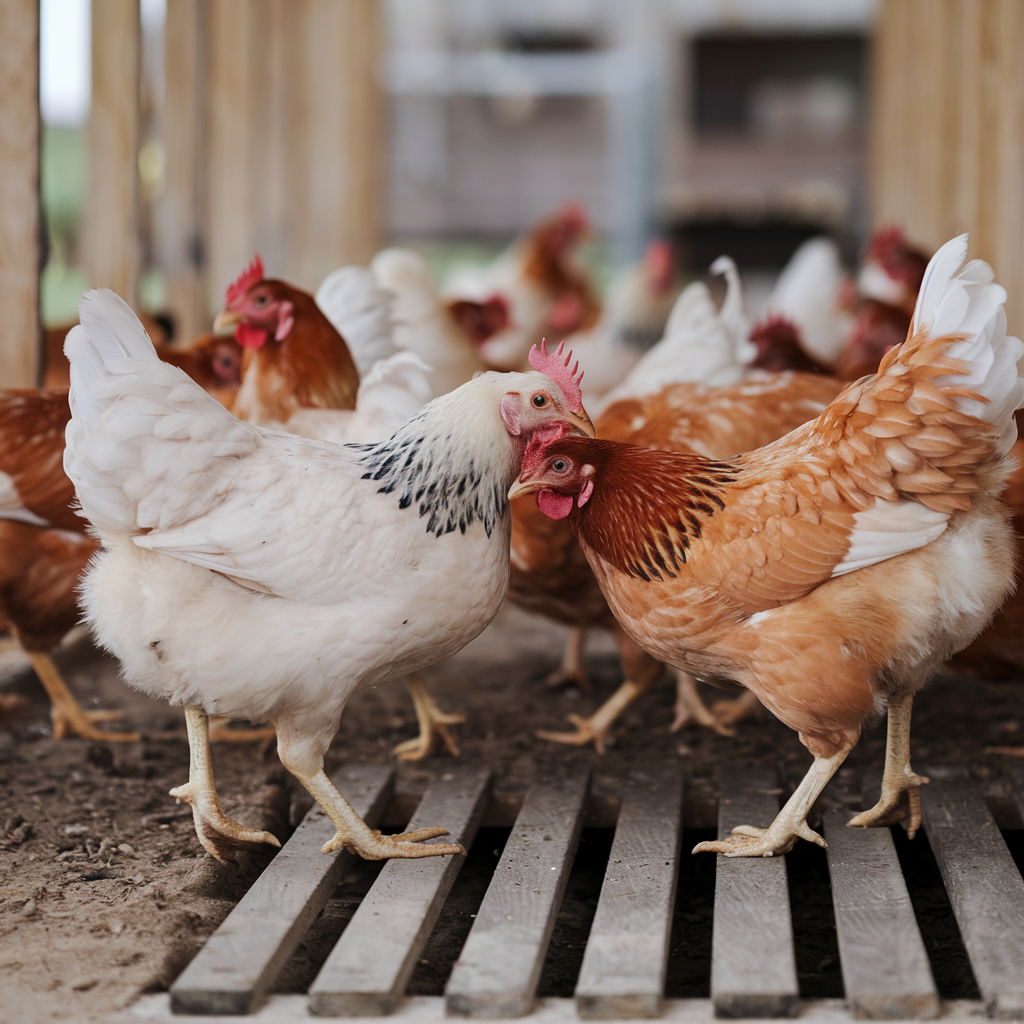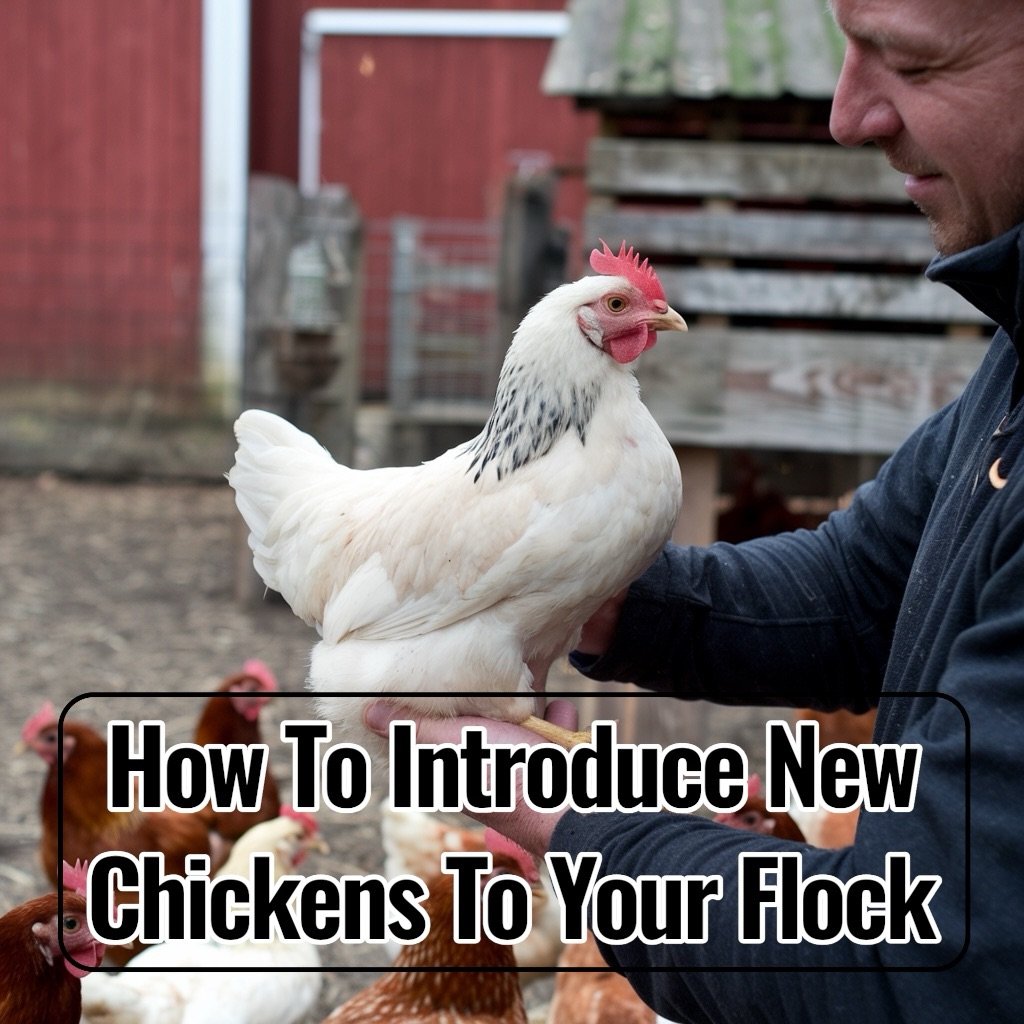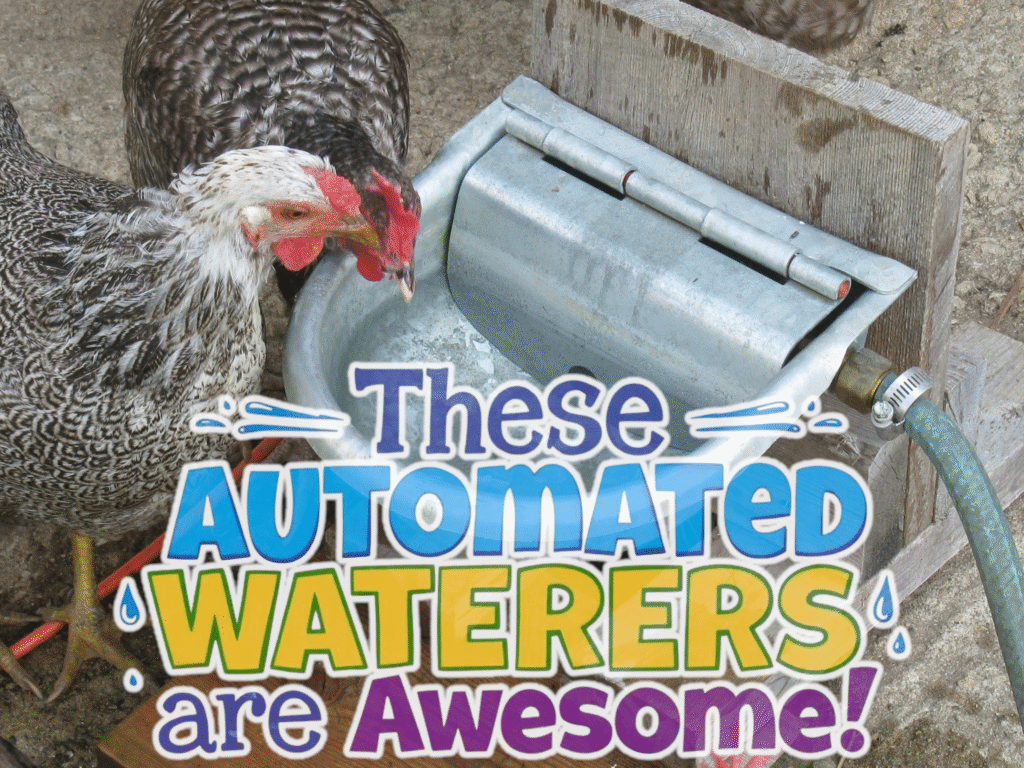Why Introducing New Birds Carefully Matters (From Someone Who’s Learned the Hard Way)
If you’ve ever watched a top hen puff up like a little feathered dragon, you already know why care and patience matter when introducing newcomers. Chickens live by a pecking order. When you add new birds, that order reshuffles—and without a plan, stress, bullying, injuries, and even illness can follow.
I’ve been raising chickens for decades, and while I’m still learning every season, I can tell you this: the calmest integrations happen when you slow down, think like a chicken, and set everyone up to succeed. If you’ve been searching for how to introduce new chickens to the flock without chaos, I’ll walk you through my field-tested, humane process. It’s simple, it’s kind, and it works.
The Step-by-Step Game Plan: How to Introduce New Chickens to the Flock
Here’s the exact process I use when folks ask me how to introduce new chickens to the flock and keep the peace. It’s the difference between a harmonious henhouse and a full-on feather fiasco.
Step 1: Quarantine—Non-Negotiable
Quarantine new birds for 2–4 weeks in a separate area, ideally out of direct airflow from your main coop. Watch for sneezing, nasal discharge, watery eyes, lethargy, or unusual droppings. Check for external parasites like mites and lice; don’t be shy about doing a careful nighttime inspection with a flashlight.
If you find creepy-crawlies, act fast. This guide on how to treat mites in chickens covers what actually works and what to avoid. Parasites spread fast when birds are stressed—exactly what you don’t want during integration.
Step 2: Health Check and Basics During Quarantine
Make sure new birds are eating, drinking, and pooping normally. If they’re laying age, you may not see eggs immediately—moves are stressful—but you still want bright eyes and smooth breathing. A floppy or pale comb isn’t always an emergency, but it can signal stress or other issues; here’s a helpful explainer on why a chicken’s comb looks floppy and what it might mean.
Give clean water daily. If you fight algae (most of us do), these tips on how to stop algae in chicken water are a lifesaver. Many keepers also swear by automatic chicken waterers for better hygiene and less work—especially handy during quarantine when you’re monitoring closely.
Some folks ask about copper for water. It’s a nuanced topic—if you’re curious, start with this: can I use copper in my chickens’ water to stop algae?
Step 3: See-But-No-Touch (The “Neighbor Fence” Method)
After quarantine, move the new birds into a secure pen right next to your main flock. They should be able to see and hear each other, but not make physical contact. Do this for 7–10 days.
- Position food and water along the shared fence so birds interact calmly while eating.
- Offer “high agreement” treats (greens, scrambled egg, mealworms) to both groups at the same time along the divider. If you use mealworms, this guide on feeding mealworms to chickens covers quantity and caveats.
- Rotate perches, crates, or small structures to keep things interesting and reduce fixations.
Step 4: Space and Escape Routes
Before letting anyone mingle, double-check your square footage. My rule of thumb is 4 sq ft per bird in the coop and 10+ sq ft per bird in the run (more is better during introductions). Add visual barriers—think pallets on edge, low benches, or shrubs—so lower-ranking birds can duck out of sight. This makes an enormous difference in how to introduce new chickens to the flock without bullying.
Step 5: Supervised Mingling in Short Bursts
Start with 15–30 minutes of together time while you watch. Expect some posturing and a few pecks; that’s normal. What’s not normal: a bird being relentlessly chased, pinned, or pecked at the head/eyes. Step in if you see blood or if one hen is targeted repeatedly.
- Do two sessions a day if it’s going well.
- End on a good note—separate again before anyone gets cranky.
- Feed two or more stations so newcomers aren’t pushed off feed and water.
Step 6: The Night-Roosting Trick
After a few days of decent daytime behavior, try placing the new birds on the roost with the flock after dark. Chickens are wonderfully suggestible at night; everyone wakes up “remembering” they slept together. You still need to monitor the next morning, but this little trick smooths the social reset about 80% of the time.
Step 7: Full Integration and Follow-Up
Once daytime sessions go smoothly and the night-roost trick sticks, let them live together full-time. For the next week, I pop out a few extra times daily to be sure everyone’s eating and drinking. This is also when I reassess the coop layout, feeder spacing, and nesting boxes.
If you’re still figuring out your nest setup, this walkthrough on the nesting box setup that ended the egg hunt can help. And if your new layers need a hint on where to lay, ceramic eggs for chickens are a surprisingly effective training tool.

Special Cases When You Introduce New Chickens
Adding Chicks or Smaller Pullets to Adult Hens
Size matters. If there’s a major size gap, wait until the youngsters are nearly the size of your adults before mixing. In the meantime, use the see-but-no-touch setup and offer supervised play in a safe pen inside the run. When people ask how to introduce new chickens to the flock if they’re babies or small pullets, my answer is always: go slower, add more hiding spots, and never skip quarantine for older birds that join them.
Introducing a Rooster
A good rooster can calm a flock; a bad one can turn every day into dodgeball with spurs. If you’re adding a roo, extend your see-but-no-touch period and keep sessions short. Crowing at night? It happens. If it becomes an issue, these tips on why roosters crow at night and how to calm them can help.
Introducing a Single Hen
It’s harder for one newcomer than for two or three, because all attention lands on her. If possible, add at least two hens at a time. If you must introduce a single bird, be extra generous with hiding spots and duplicate feeders, and extend the supervised sessions.
Coop Design, Pecking Order, and Giving Everyone a Job
When folks ask me how to introduce new chickens to the flock without drama, we often end up talking about design. A good coop and run make integration easier:
- Multiple feeders/waterers: At least two, placed far apart.
- Perches at different heights: Subtle status options reduce spats.
- Visual breaks: Pallets, shrubs, or even hanging feed bags cut line-of-sight.
- Dust bath zones: Ash/sand/soil mixes help birds de-stress and deter mites.
If you need to trim water chores while keeping it clean, I’m a fan of this auto waterer. It keeps everyone drinking (huge for stress reduction) and it’s easier to monitor intake during integration.
Nutrition and Hydration During Introductions
Stress can wreck appetites and egg production. To keep everyone on track while you figure out how to introduce new chickens to the flock, focus on the basics:
- Starter vs. Layer feed: If you’re mixing ages, feed a high-quality grower/all-flock, then offer calcium separately.
- Calcium: Use a side dish, not mixed into feed. This oyster shell calcium boost guide covers what to expect.
- Grit: Essential for digestion if birds eat whole grains, bugs, or greens. Here’s why chickens absolutely need grit, and the difference between grit vs. oyster shell.
- Water: Clean, fresh, and easy to access. Duplicate waterers during integration. In deep winter, a heated water bowl is a stress-saver.

Free-Ranging and Giving Birds “Something Else to Do”
Busy hens are kind hens. If predator pressure allows, short free-range sessions let birds spread out, forage, and ignore each other a bit. It’s one of my favorite “secret sauces” for how to introduce new chickens to the flock with fewer fireworks.
- On a budget? You’ll appreciate how free-ranging can cut feed costs.
- Bonus: free-range eggs often have more omega-3s and deeper yolks.
- Fun fact: a single chicken can eat 80 bugs a day. Good for your garden, great for their mood.
Seasonal Smarts When Adding New Birds
Season changes how I plan introductions. Summer heat? Introduce early morning or late evening, and offer shade and extra water stations. Winter? Keep drafts out and bedding dry. If you’ve ever wondered whether chickens need heat in winter, the short answer is “usually no”—but windbreaks and dry conditions are musts. For off-grid setups, these tips on keeping chickens warm without electricity are gold.
And don’t forget the water situation. In freezing climates, unfrozen water is half the battle. If you like DIY, this how to keep chicken water from freezing guide is practical and quick.
Common Problems and Gentle Fixes
Bullying and Bloody Pecking
There’s a difference between sorting the pecking order and a targeted attack. A quick test: does the new bird get to eat and drink without being driven off? If not, add another feeder/waterer and more visual breaks. If blood is drawn, separate the injured bird until healed—red triggers more pecking.
Egg-Laying Disruptions
Even seasoned layers may pause during integrations. Give it a couple of weeks. If eggs don’t resume, review this troubleshooting guide on why your chickens stopped laying and what to adjust. If you’re still stuck, the more detailed breakdown of why hens aren’t laying and how to fix it can help you pinpoint the cause.
Poopy Nest Boxes
Integration shakes up routines—and sometimes the nest boxes turn into lounges. Reset with proper roost height and nighttime checks. If it’s persistent, use these targeted tips on stopping chickens from pooping in nests.
Egg Eating (Yes, It Happens)
Stress can trigger bad habits. If someone discovers omelets in the shell, act fast. Collect often, use ceramic “fake” eggs to break the habit, pad nesting areas, and keep protein adequate. For deeper help, here’s the real scoop on why chickens eat their eggs and how to finally stop it.

Gear and Simple Upgrades That Make Integration Easier
- Watering: A reliable system reduces squabbles. Check out automatic chicken waterers or this auto waterer I wish I’d bought sooner.
- Winter water: A plug-in bowl keeps the peace when it’s freezing—here’s the heated water bowl that saved me a ton of headaches.
- Nesting: If new hens “forget” what a nest is, try ceramic eggs and this nesting box setup.
- Calcium and grit: Keep oyster shell and adult hen grit in separate, always-available cups.
When to Hit Pause or Call a Vet
If you’re doing everything “by the book” and still can’t crack how to introduce new chickens to the flock without injuries or severe stress, pause the process. Go back to see-but-no-touch for a few more days, add more space and hiding spots, and try again. Call a vet if you notice:
- Labored breathing or persistent respiratory symptoms
- Rapid weight loss or refusal to eat/drink
- Severe wounds or eye injuries
- Sudden deaths
FAQ: Your Top Questions Answered
How long does it take to introduce new chickens?
Anywhere from 2 to 4 weeks, depending on personalities and flock size. The quarantine alone should be 2–4 weeks before the see-but-no-touch phase.
Can I add just one hen?
You can, but it’s harder on her. If possible, add at least two so no single bird bears the brunt of attention.
What if my layers stop laying during integration?
It’s common. Reduce stress, keep light consistent, and ensure top-notch nutrition with separate calcium. Use the troubleshooting guides on why chickens stop laying and how to fix it.
Should I change feed when mixing ages?
Yes—use an all-flock or grower feed and offer calcium separately. This protects younger birds from excess calcium while keeping layers covered.
Any budget-friendly tips while everyone adjusts?
Short, supervised free-ranging can reduce feed and stress. This piece on cutting feed costs by free-ranging outlines how to do it safely.

A Gentle Recap (And a Little Pep Talk)
Whenever someone asks me how to introduce new chickens to the flock and not lose their mind, here’s my short answer:
- Quarantine first—protect your flock’s health.
- Let them see-but-not-touch for a week or more.
- Provide space, duplicates of essentials, and hiding spots.
- Supervise short mingling sessions, then try the night-roost trick.
- Watch for signs of real bullying or illness and step in early.
You’re not just adding birds—you’re designing a calm society. That takes patience, a bit of creativity, and a lot of heart. The good news? With this plan, you’ll know exactly how to introduce new chickens to the flock in a way that feels kind to the birds and manageable for you.
And hey, if you’re in the middle of an integration right now, take a breath. You’ve got this. I’m rooting for you—and for those new girls to find their place on the roost, right where they belong.
As an Amazon Associate we earn from qualifying purchases through some links in our articles.



